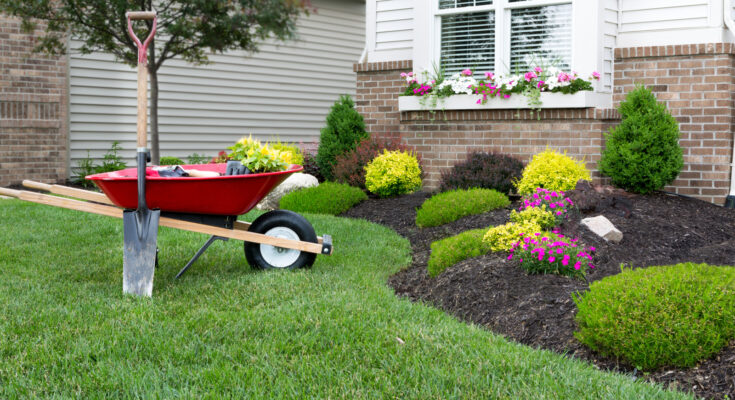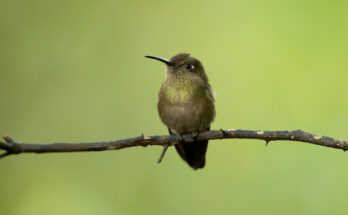The Plant By Number Gardening Tool Makes Planting Beautiful And Dynamic Flower Beds A Breeze
The drool-worthy garden beds you see on Pinterest and your favorite design blogs were probably designed by landscape architects. These professionals have college degrees in landscape design and usually charge thousands for residential projects. However, you can achieve similar results on a budget by doing the landscaping yourself with a landscape planting mat. Plant by Numbers offers a DIY solution they tout as “like paint by number but for your garden.” It’s a reasonably priced alternative to hiring a landscape designer.
The concept is simple. The preprinted landscape fabric is laid out over the plot you want to cover. Circles with numbers in them correspond to the correct spacing for each plant. You place larger plants in the bigger circles and smaller plants in the smaller circles. It takes the guesswork out of designing and planning your flower bed. You only have to choose plants of the appropriate size for each circle. The website includes a range of plants that are size-coded to match the preprinted circle sizes, so you can order your map and flowers in one place.
When you’re ready to plant, you lay out the landscape fabric map, secure it with landscaping staples, and place your plants in the appropriate circles. Cut a hole in the center of the circle big enough for your plant. After you finish planting, the landscape fabric will remain in place to minimize weeds. Top it off by choosing the best color mulch to boost your home’s curb appeal and enjoy your gorgeous flower bed!
How to DIY a landscaping bed that looks professionally designed
If you like the idea of a landscape fabric map but want to save your garden budget for plants, you can easily create your own for significantly less. All you’ll need is landscape fabric, some string, a stake, and chalk. Design your garden bed on paper and make a note of how much space each plant needs. This makes it easy to figure out how to place shrubs in a front yard for the most aesthetically pleasing look.
Transfer the design to the landscape fabric, using a stake and string as a compass. Put the stake in the center of where you want the circle to be. Cut the string to the desired radius of your circle (that’s half the distance across your circle if it’s been a while since math class), leaving a few extra inches on each end. Tie one end of the string to the stake and the other to the chalk and pull tight. Using the chalk, make a circle around the stake. Repeat this process for as many plants as you want to include in your flower bed. You can lay out multiple strips of landscape fabric for larger flower beds.
Although it’s simple to DIY this project with landscape fabric, many experts recommend against using landscape fabric in your garden. It’s a short-term weed control solution that can introduce plastic into your soil and prevent the free flow of air and water to your garden bed. If you’d like the same effect without using landscape fabric, you can use the same process to mark an outline and circles directly on the ground where your bed will go. Instead of chalk, you can use a marking chalk spray that works like spray paint but is water-soluble and environmentally friendly. With a little effort, you’ll have your own garden by numbers ready to go.



